Reviewed by Anurag Mishra (Sr. Technical Consultant)
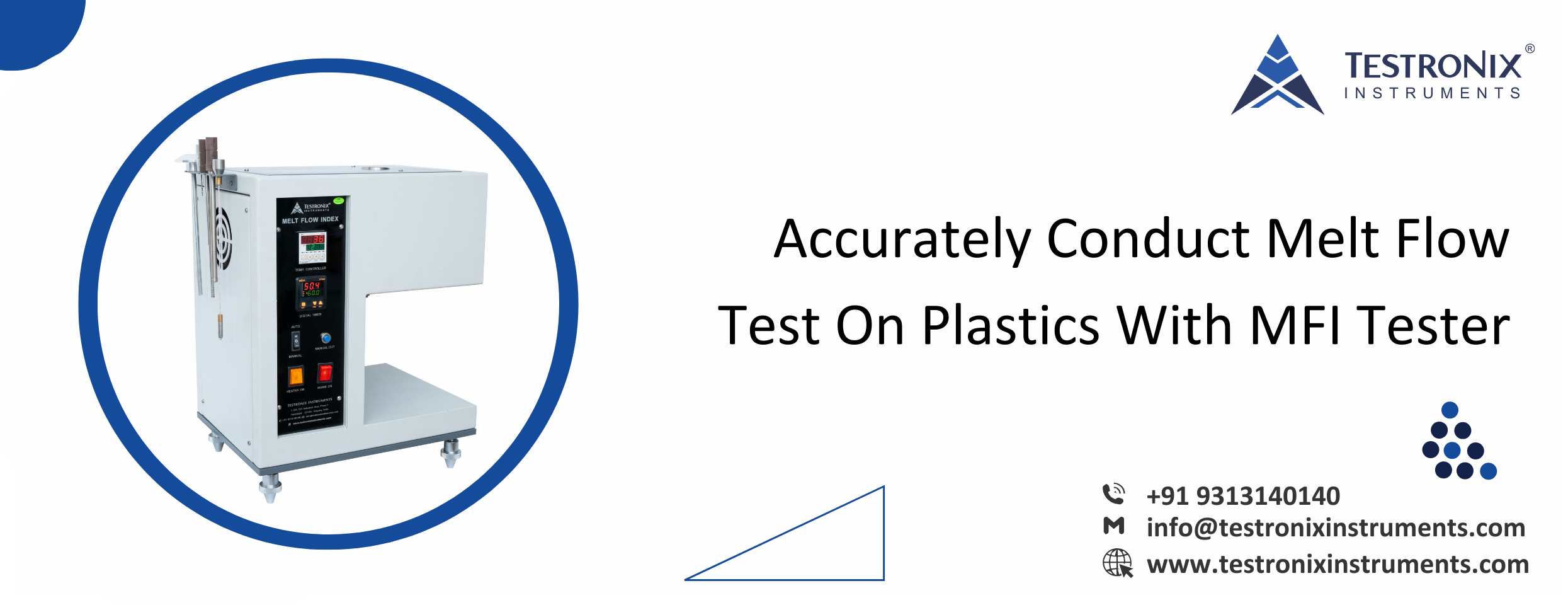
Melt flow testing is a straightforward assessment of a polymer's flow when in a molten state. The outcome of this test, known as the melt mass-flow rate (MFR) or melt volume-flow rate (MVR), quantifies the mass or volume of a polymer that moves through a small die under specific temperature and pressure conditions. Testronix melt flow index tester is one of the high-quality testing equipment that is used to accurately conduct melt flow tests on the materials and ensure their durability.
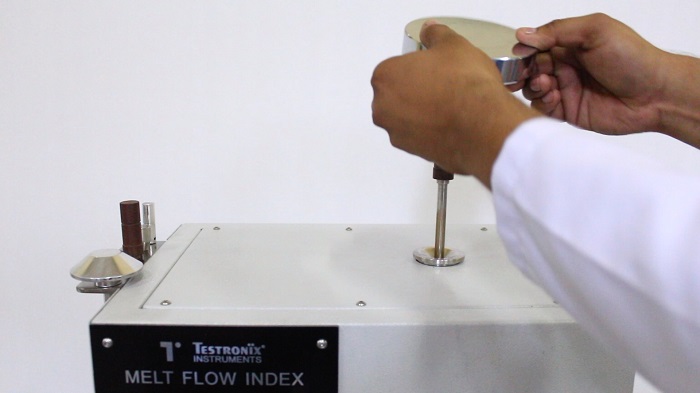
A thermoplastic sample, typically in granule or flake form, undergoes a process where it is heated within a barrel at a designated temperature. The material transforms into a viscous fluid and is then extruded through a capillary die by a piston subjected to specific dead weights. After a sufficient amount of extrudate has been released from the die, it is extracted and either weighed or its volume is measured by the machine.
In this blog, we will discuss a brief about MFI tester and how this quality testing equipment is useful in conducting the melt flow test on the materials.
Polymers consist of polymer molecular chains with varying lengths, and these chain lengths play a crucial role in determining the flow characteristics. As it is challenging to precisely control the chain length during polymerization, the resulting mix or distribution of chain lengths, referred to as molecular weight distribution, influences the flow properties. This distribution of molecular weights is a significant factor contributing to the physical and mechanical properties of the resulting polymer, among other factors.
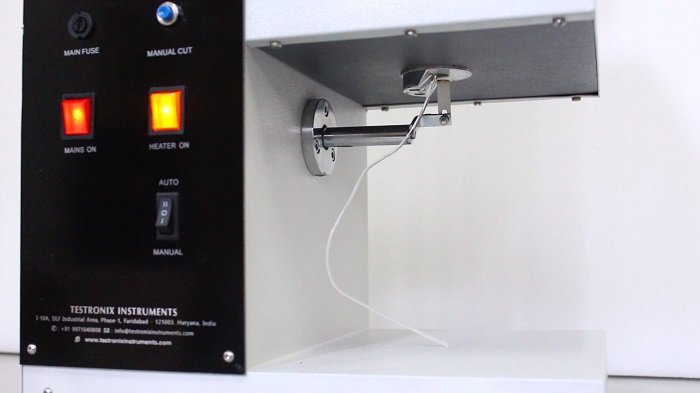
Melt Flow Index (MFI) and Melt Flow Rate (MFR) serve as indicators of a polymer's flow behaviour, specifically its rheological properties in the molten state under a specified applied pressure. The MFI value, commonly mentioned in datasheets, represents the quantity of polymer extruded through a predetermined orifice (die) and is expressed in units of g/10 mins or, for Melt Volume Rate, in cm3/10 mins. You can read more on how you can easily measure the melt flow index of materials with a melt flow index tester.
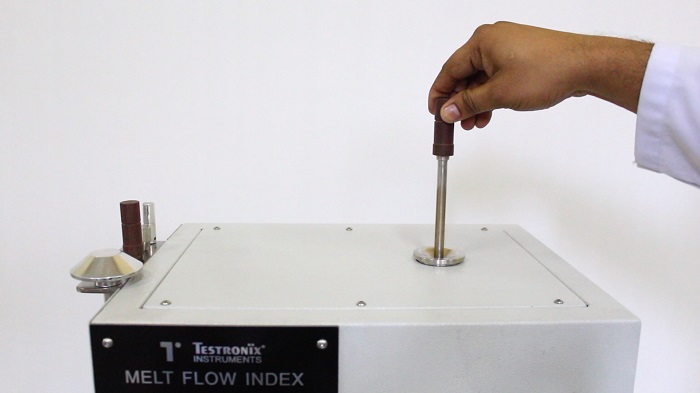
The fundamental principle of MFI is straightforward. Polymer resin, flakes, or powders are introduced into a heated barrel, at the bottom of which lies a die with a specified bore diameter (commonly 2.095mm). It is crucial to eliminate any entrapped air by compacting the polymer granules when introducing them into the barrel, as air entrapment can lead to inaccurate results. Once the bore is filled, a piston with a known dead weight on top is inserted into the barrel. In simpler machines, the extruded samples are cut and weighed, and from these measurements, the MFI value is calculated.
The melt flow index (MFI) incorporates a microprocessor-based PID temperature controller, covering a temperature range from 0 to 400 degrees Celsius. It boasts exceptional precision, offering a resolution of 0.1 degree Celsius. The equipment complies with various industry standards, including ASTM D 1238, IS 2267, IS-2530, and IS 10810. You can read more on the role of Testronix melt flow index tester in the plastic industry.
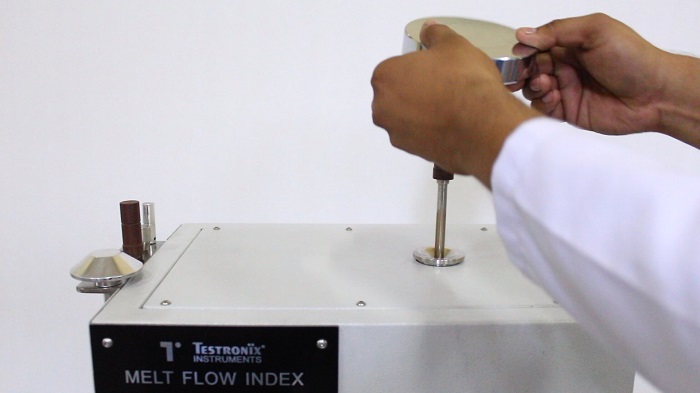
Fluctuations in the MFI value of incoming materials can have adverse effects on both productivity and quality. Therefore, it is crucial to conduct tests on incoming materials to ensure compliance with quality standards. Batch-to-batch variations are not uncommon, and these can have significant cost implications. For instance, materials exceeding the anticipated MFI may cause flashing in an injection mould, resulting in a higher reject rate and necessitating hours or even days for mould cleaning, leading to lost production time for that specific mould or machine.
A poorly flashed hot runner mould might require the replacement of expensive components such as nozzles and tips. On the other hand, materials with lower-than-expected MFI values may lead to incomplete filling of parts, again increasing the reject rate and adding to the overall quality cost for the business. If these issues go unnoticed on the moulding lines, they can potentially create problems in downstream finishing departments. It underscores the importance of vigilant testing to identify and address such material variations promptly.
If you want a live demo of the use of this quality testing instrument, you can give us a call at +91-9313140140 or email us at info@testronixinstruments.com. We will assist you with our testing instruments to ease your process of delivering quality products to your customers.